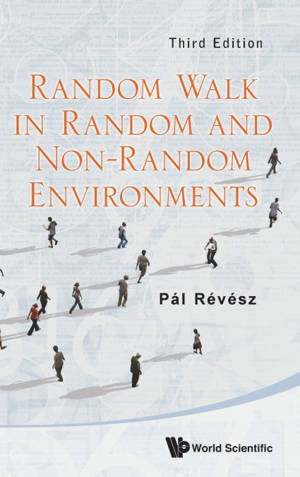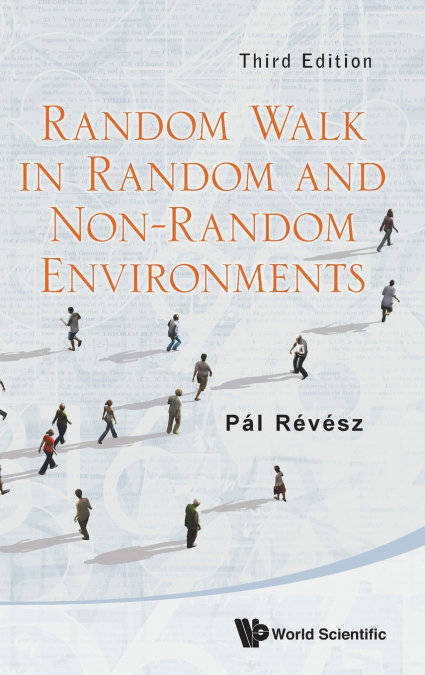
- Afhalen na 1 uur in een winkel met voorraad
- Gratis thuislevering in België vanaf € 30
- Ruim aanbod met 7 miljoen producten
- Afhalen na 1 uur in een winkel met voorraad
- Gratis thuislevering in België vanaf € 30
- Ruim aanbod met 7 miljoen producten
Zoeken
€ 230,45
+ 460 punten
Omschrijving
The simplest mathematical model of the Brownian motion of physics is the simple, symmetric random walk. This book collects and compares current results -- mostly strong theorems which describe the properties of a random walk. The modern problems of the limit theorems of probability theory are treated in the simple case of coin tossing. Taking advantage of this simplicity, the reader is familiarized with limit theorems (especially strong ones) without the burden of technical tools and difficulties. An easy way of considering the Wiener process is also given, through the study of the random walk.Since the first and second editions were published in 1990 and 2005, a number of new results have appeared in the literature. The first two editions contained many unsolved problems and conjectures which have since been settled; this third, revised and enlarged edition includes those new results. In this edition, a completely new part is included concerning Simple Random Walks on Graphs. Properties of random walks on several concrete graphs have been studied in the last decade. Some of the obtained results are also presented.
Specificaties
Betrokkenen
- Auteur(s):
- Uitgeverij:
Inhoud
- Aantal bladzijden:
- 420
- Taal:
- Engels
Eigenschappen
- Productcode (EAN):
- 9789814447508
- Verschijningsdatum:
- 6/05/2013
- Uitvoering:
- Hardcover
- Formaat:
- Genaaid
- Afmetingen:
- 155 mm x 229 mm
- Gewicht:
- 725 g

Alleen bij Standaard Boekhandel
+ 460 punten op je klantenkaart van Standaard Boekhandel
Beoordelingen
We publiceren alleen reviews die voldoen aan de voorwaarden voor reviews. Bekijk onze voorwaarden voor reviews.











